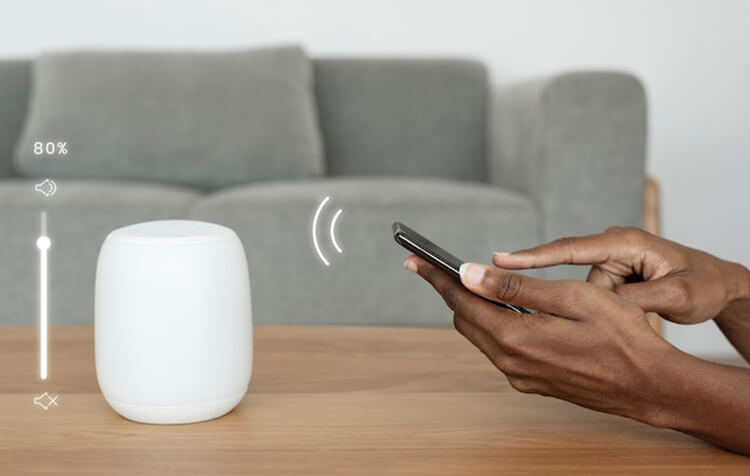
Controlling your house's electronics from almost anywhere is now a reality - thanks to home automation systems.
Home automation more appropriately characterizes houses in which practically everything - smart light switches, appliances, smart outlets, heating and cooling systems - hooks up to a remotely controlled network.
The word sometimes refers to programmable devices such as smart thermostats and sprinkler systems. Consider your alarm system and all the doors, windows, locks, smoke detectors, surveillance cameras, and other sensors that connect to it as well.
Developments in Home Automation
Automatic, centralized management of all building systems was previously only seen in big commercial buildings and luxurious private residences. In the past, building automation mostly dealt with the temperature and lighting of a structure and was only accessible from certain spots inside the building.
IoT
The Internet of Things, in which every object has an IP address and you can remotely access and monitor it. It is a step toward realizing the potential of home automation.
Smart gadgets and appliances link to a local area network (through Ethernet or Wi-Fi). These are the first and most evident benefits of this strategy.
Many enterprises consider IP-based inventory monitoring, electrical systems, and even individual points like light switches and electrical outlets for automation. All of these connect to home automation networks to give an excellent response.
Integration of Networks
The ability to use a mobile browser to locate a sock is still some way off. However, the number of gadgets and systems that integrate into a home network is growing.
One of the two defining features of home automation is, obviously, automation! You may automate network devices via the programming and scheduling of events.
Timed instructions, such as having the lights switch on or off at certain intervals throughout the day are all part of it. Also included are unplanned occurrences, such as activating the home's lighting system in response to a security alert.
Automation Scheduling
Once you have a feel for how home automation scheduling works, you'll be able to implement a wide variety of innovative improvements to your daily routine.
Is there too much sunlight coming in from the window to the west? You may use a smart outlet to shut your motorized blinds automatically every day at noon.
Do you have a regular dog walker that comes by at the same time each day? Let them in by having your smart home system open the front door, then shut it securely behind them.
It’s all amazing, and super intriguing, isn’t it?
Remote Control
Remote access and monitoring are also key features of modern home automation systems.

Although some degree of one-way remote monitoring has been available for some time, true connectivity to home networks while abroad has only become conceivable with the advent of smartphones and tablets.
Take Away
The unrivaled potential for energy savings offered by home automation is a significant benefit. Your thermostat is already rather intelligent since it employs a predetermined temperature range to control the heating and cooling in your house.
In most circumstances, thermostats may have several preset settings to save energy use when you don't need heating and cooling.
Basic home automation allows you to configure your lights to turn on and off at certain times of day, adjusting your energy use to your routine. Electrical outlets, or even specific gadgets, may be automatically turned off with increasingly sophisticated home automation systems.

